In an ’80s pop landscape full of enormous talents and outrageous fashions, Cyndi Lauper still managed to stand out with one of the loudest voices and biggest personalities on MTV. The Queens native looked like a thrift store come to life and incorporated professional wrestlers like Captain Lou Albano into her music videos and performances. She ruled the pop charts with a string of massive hits like “Girls Just Want to Have Fun” and “True Colors,” won the Grammy for Best New Artist in 1985, had one of the most spotlight-grabbing turns on “We Are the World,” and displayed her razor-sharp wit in late-night interviews with Johnny Carson and David Letterman.
After the ‘80s, Lauper just kept pivoting and revealing new talents and dimensions with more autobiographical songwriting and ventures into film, television, and musical theater. She’s only an Oscar away from an EGOT, and her later albums have proven that she can sing just about anything she wants to, including blues, country, and house music. And with decades of activism, she’s been a prominent and articulate voice for causes like gay marriage rights, AIDS research, and youth homelessness.
Lauper turned 72 this year, but she’s winding down her performing career in typically splashy fashion. The acclaimed 2024 documentary Let the Canary Sing gave Lauper a chance to tell her story as “music’s most authentic superstar.” This year she concluded a farewell tour with two shows at the Hollywood Bowl that were filmed for a special that recently aired on CBS, though she’ll return to the stage next April for a Las Vegas residency. And on November 8, Lauper will be inducted into the Rock and Roll Hall of Fame alongside artists like OutKast and Soundgarden. Here’s a look back at Lauper’s very unusual career.
14. The Body Acoustic (2005)

There are two lovely new songs on The Body Acoustic: Lauper co-wrote “Above the Clouds” with legendary guitarist Jeff Beck and “I’ll Be Your River” with R&B star Vivian Green. The rest of the collection, however, is a mixed bag of re-recordings of some of Lauper’s most beloved songs. The diverse guest list is a testament to Lauper’s versatility and wide reaching influence, but an album that zig zags from Taking Back Sunday’s Adam Lazzara on one track to dancehall hitmaker Shaggy on the next might be too eclectic for its own good. And nobody really needed a tasteful unplugged version of “She Bop.”
13. At Last (2003)
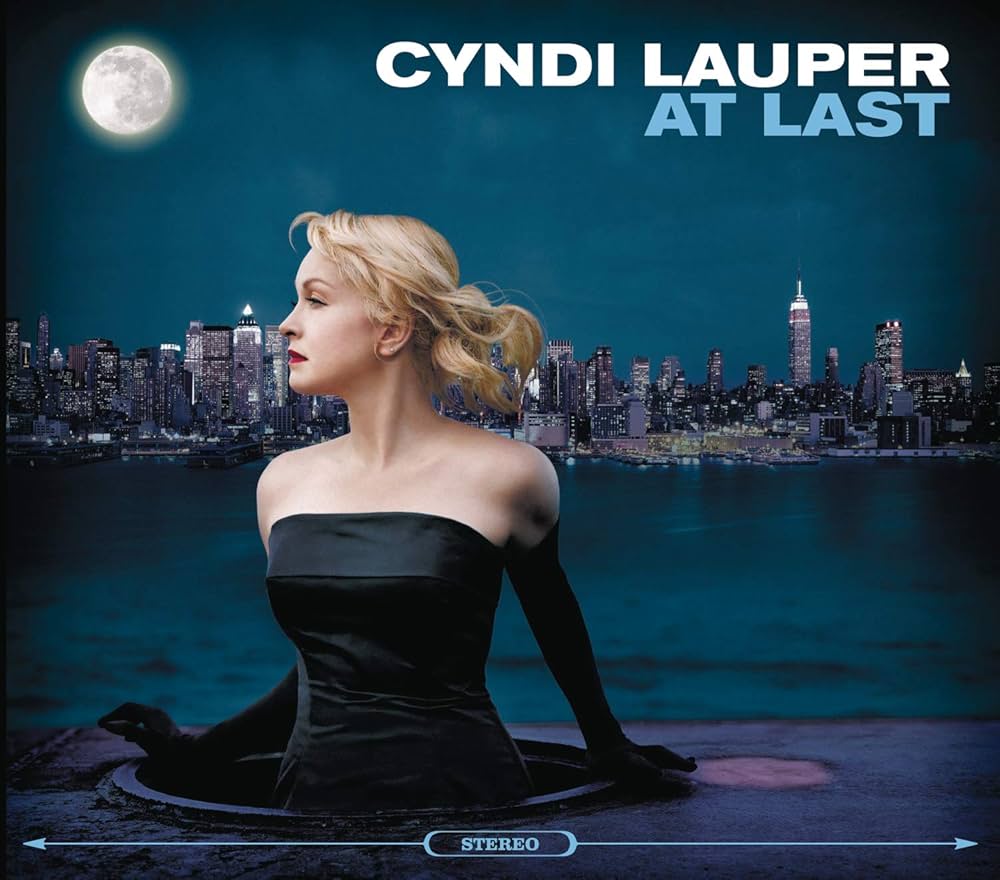
At the beginning of Lauper’s solo career, she resisted the overtures of managers and labels who thought she could be the next Barbra Streisand. Two decades later, Lauper finally relented and recorded a crowd-pleasing collection of standards and torch songs. She can play the role of a brassy jazz singer to perfection, singing “Makin’ Whoopee” as a duet with Tony Bennett. But the most impressive moments on At Last are when Lauper finds a quiet intensity and brings out the loneliness and desolation in songs like “Don’t Let Me Be Misunderstood” and “If You Go Away.” “On Smokey Robinson’s ‘You’ve Really Got a Hold on Me,’ she’s a pitch-perfect combination of anguish and poise, and on Aretha Franklin’s ‘Until You Come Back to Me,’ she delivers a smoky rendition that isn’t too shy to flirt with the original,” Jon Caramanica wrote in the Rolling Stone review of At Last.
12. Blue Angel with Blue Angel (1980)

Lauper spent years honing her voice and stage presence with New York bands like Doc West and Blue Angel, the latter signing to Polydor Records and releasing one album. “I’m Gonna Be Strong,” popularized by Gene Pitney in 1964, was Lauper’s big, dazzling vocal showcase with Blue Angel, which she’d later re-record for a greatest hits compilation in 1994. The band’s original material also had a throwback vibe, and their rockabilly and doo wop pastiches lacked personality; it’s hard to picture Blue Angel ever becoming much more than an opening act for other retro-minded new wave bands like the Stray Cats or the B-52’s. The quintet were skilled musicians, though, and the unusual meter on “Anna Blue” feels like a waltz rhythm with a trap door. Lauper would sprinkle a few of the songs she wrote with Blue Angel keyboardist and saxophonist John Turi into her solo catalog, most notably She’s So Unusual’s “Witness.”
11. Detour (2016)
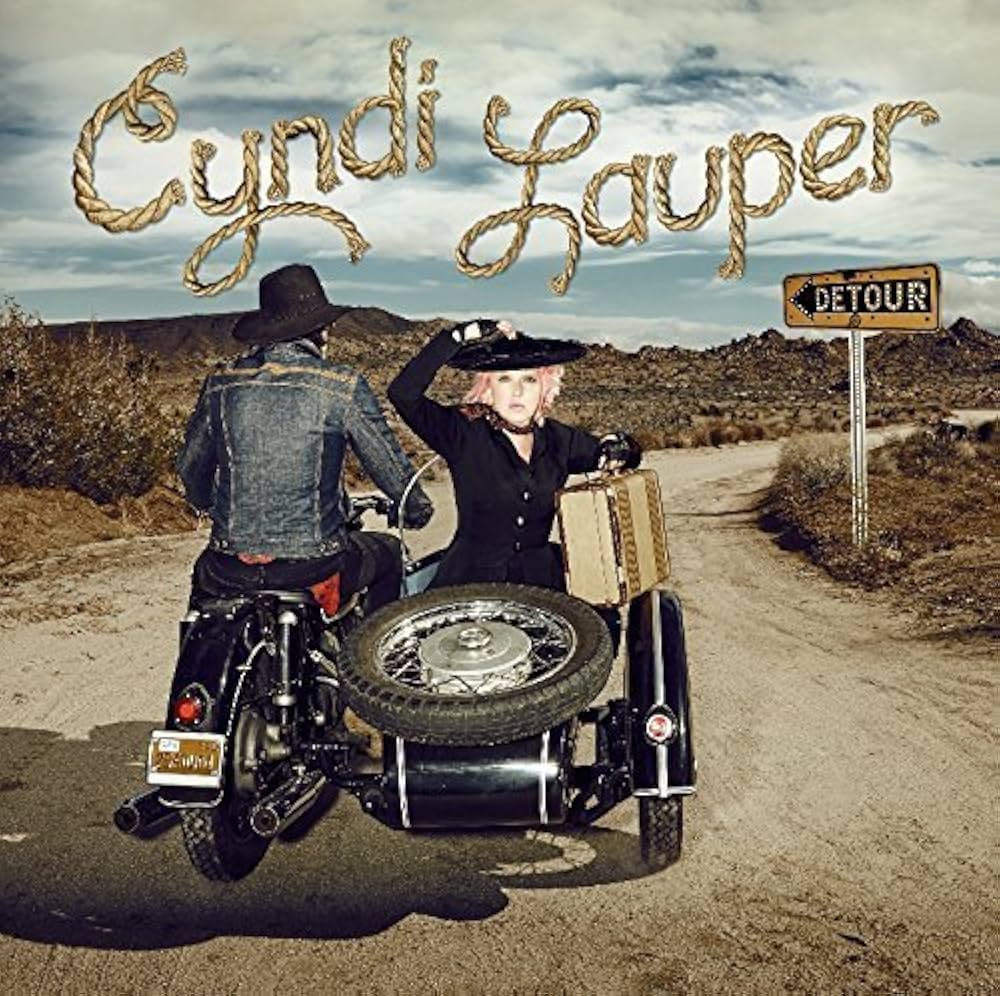
It’s easy to be cynical about artists from other genres making country albums now, but just about any talented singer has a good country album in them, and Lauper found hers on Detour. Seeing Patsy Cline sing on television was a formative moment for Lauper, and her renditions of “Walkin’ After Midnight” and “I Fall to Pieces” are sublime. If Detour could use more of anything, it’s the sillier side of country and western glimpsed in her cover of Conway Twitty and Loretta Lynn’s “You’re the Reason Our Kids are Ugly” with Vince Gill.
10. Sisters of Avalon (1997)
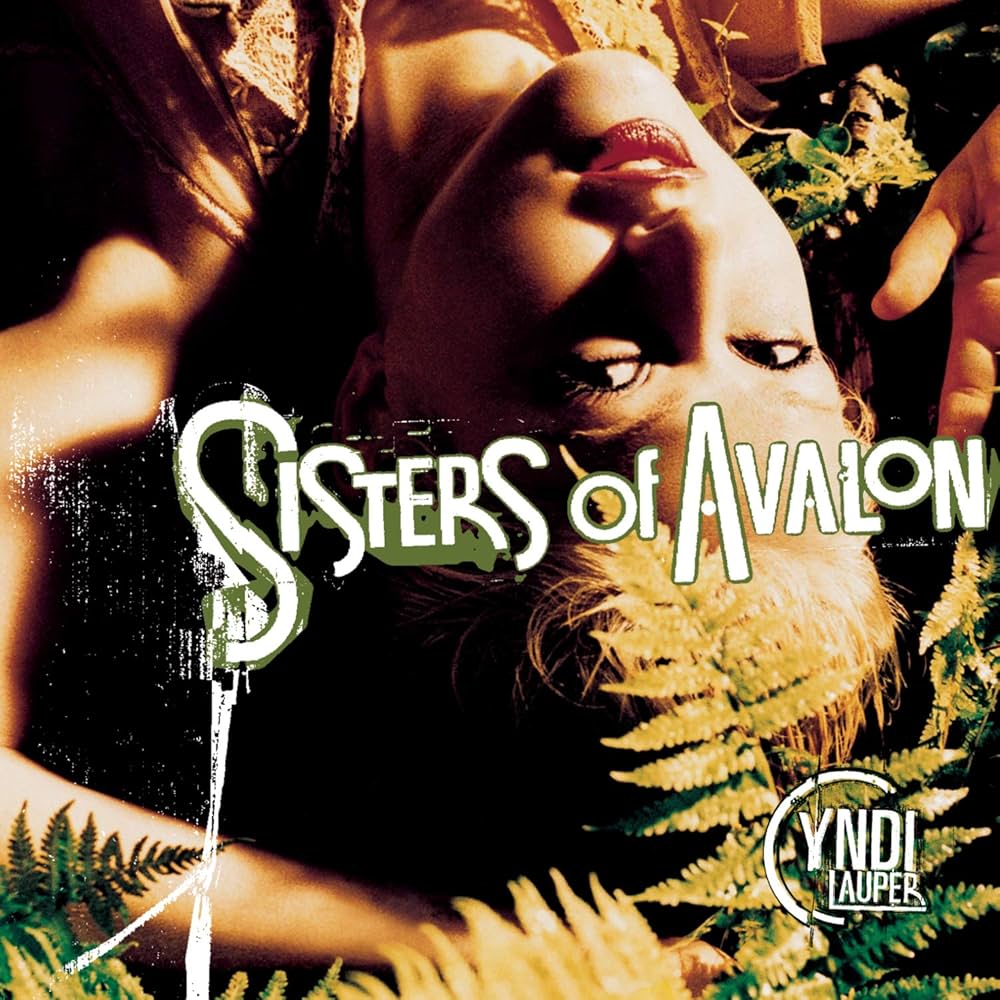
Cyndi Lauper married actor David Thornton in 1991, and their son Declyn was born in 1997, a few months after the U.S. release of her fifth album. Sisters of Avalon was the first in a string of projects where Lauper’s chief collaborator was Jan Pulsford, a British multi-instrumentalist who’d played with the Thompson Twins in the ’80s. She brought along Jan’s brother Nigel Pulsford, then riding high as a member of the band Bush, to contribute some of the album’s heavier guitar. In addition to the grunge riffs, Sisters of Avalon leans heavily on the trendy trip hop sound courtesy of co-producer Mark Saunders, who’d worked on Tricky’s trip hop landmark Maxinquaye. The album feels like the dated product of a very specific mid-’90s moment, but the sound suits the songs. “Judging from the soaring self-assurance of ‘Sisters of Avalon’ to the love-wounded quiver on ‘Unhook the Stars’ (the title track of the recent Nick Cassavetes film), Lauper remains an intoxicating pop siren,” David Grad wrote in the Entertainment Weekly review of Sisters of Avalon.
9. Merry Christmas… Have a Nice Life (1998)

After 15 years with Epic Records, Lauper asked to be released from her contract, and her longtime label complied on the condition that she make a Christmas album on her way out. The title of Merry Christmas… Have a Nice Life may be a humorous kiss off to the label, but Lauper treated the album more like a creative opportunity than a contractual obligation. She re-recorded the Hat Full of Stars highlight “Feels Like Christmas” and penned six more originals to go with it, some heartfelt and some light and campy. Even perennial favorites like “Rockin’ Around the Christmas Tree” are given quirky new arrangements.
8. A Night to Remember (1989)
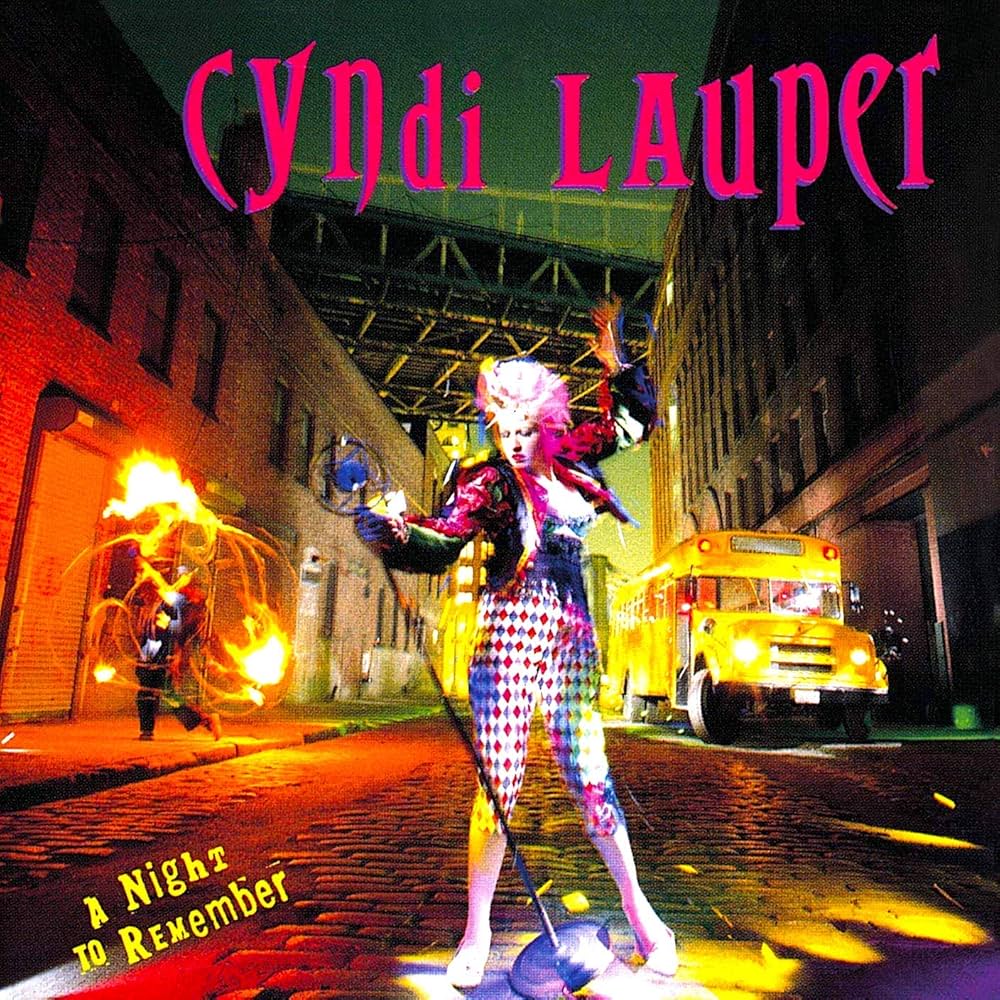
After two enormous multiplatinum albums that both spun off chart-topping singles, A Night to Remember didn’t even go gold, and Lauper’s first film vehicle Vibes was a box office bomb. Kids today would say that Lauper “entered her flop era” in the late ’80s, and Lauper herself has jokingly referred to her third album as A Night to Forget. With some time and distance though, it’s easier to appreciate as her funkiest and most lyrically conventional album, a playful collection of songs about love and sex with a supporting cast that includes Bootsy Collins and Cameo frontman Larry Blackmon.
7. Bring Ya to the Brink (2008)
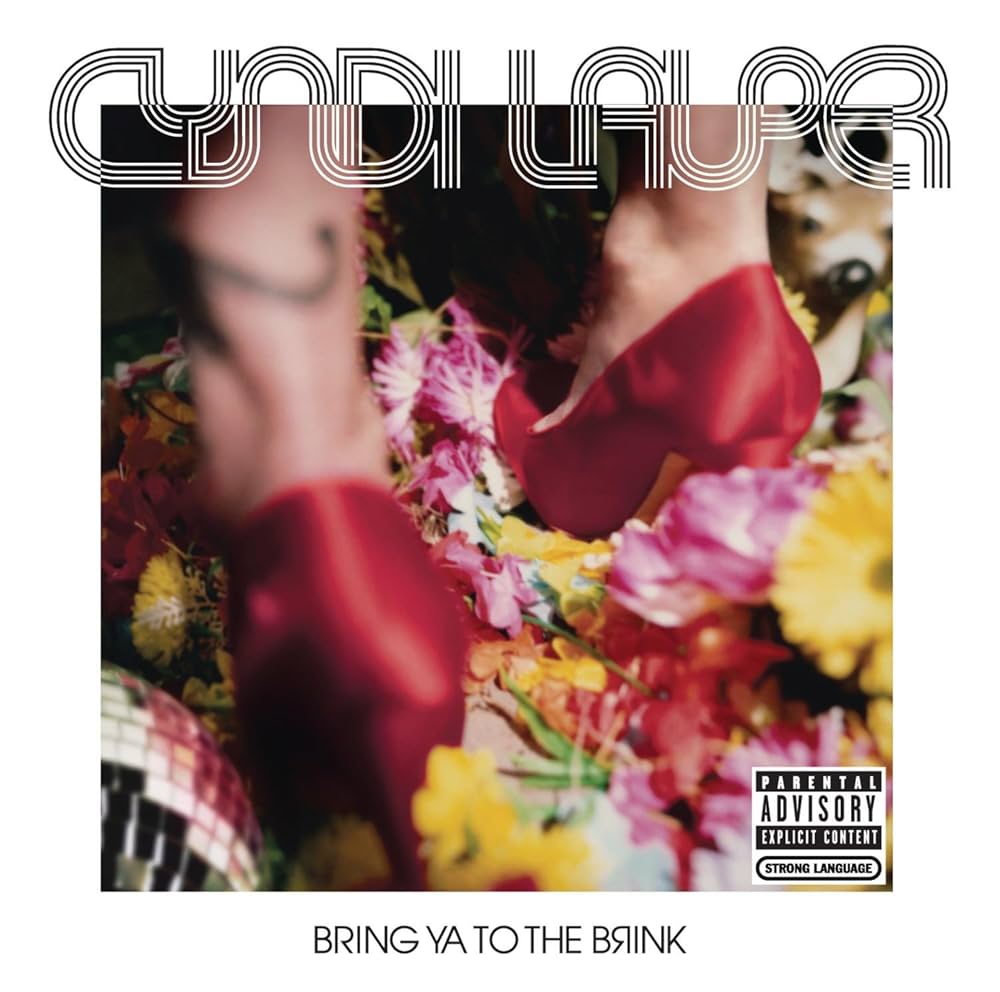
Throughout the ’80s and ’90s, Lauper rarely made straight-up dance music, but 12-inch remixes of her singles by producers like Junior Vasquez and Shep Pettibone made her a mainstay of clubs and Billboard’s dance charts. Working with an array of big names like Basement Jaxx, Max Martin, and Axwell, Lauper finally embraced her inner disco diva on what remains to date her last collection of original songs. “Bring Ya to the Brink escapes just being a club-tailored album, for underneath the glossy production is some of Lauper’s strongest writing in her 25-year solo career,” Christian John Wikane wrote in the Pop Matters review of the album.
6. Memphis Blues (2010)
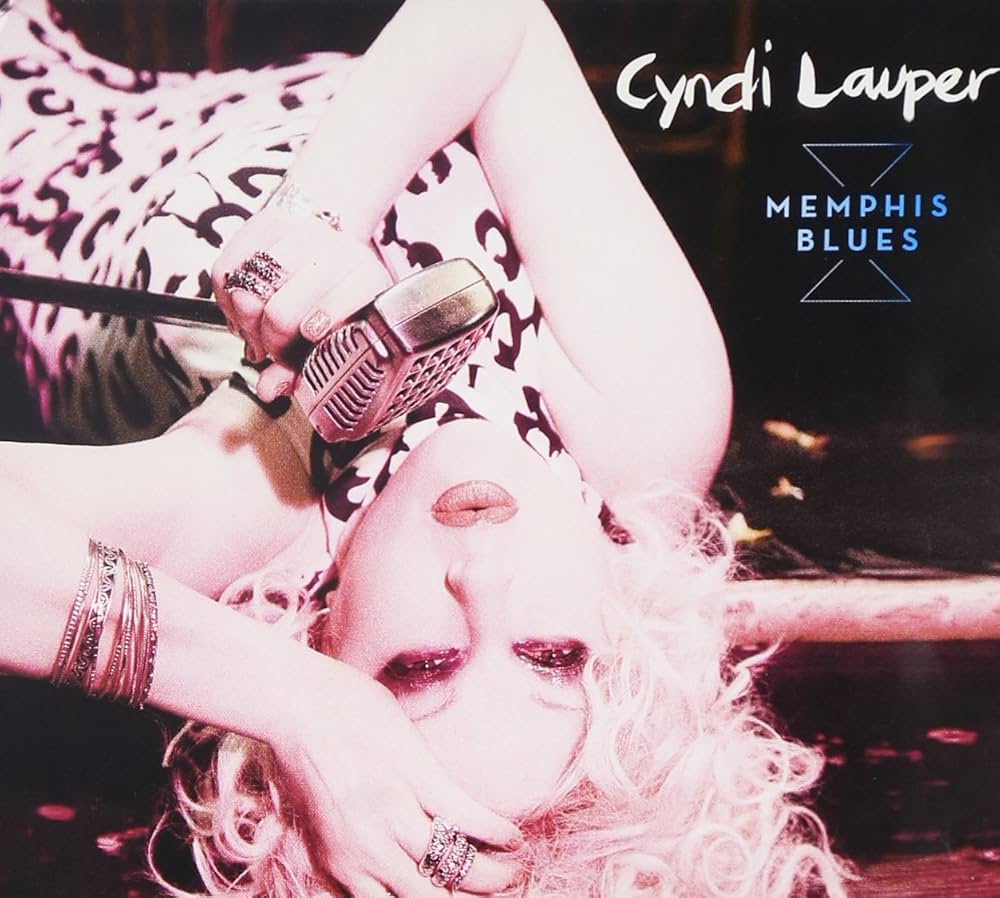
For a streetwise New Yorker, Lauper sounded surprisingly at home in a Memphis studio with B.B. King, Allen Toussaint, and Charlie Musselwhite. And the Little Walter and Muddy Waters covers on Memphis Blues feel like the ultimate test of her adaptability as a vocalist. It actually became her highest charting album since True Colors, and Lauper supported it with the longest tour of her career and released the live album To Memphis, with Love in 2011.
5. Kinky Boots (Original Broadway Cast Recording) (2013)
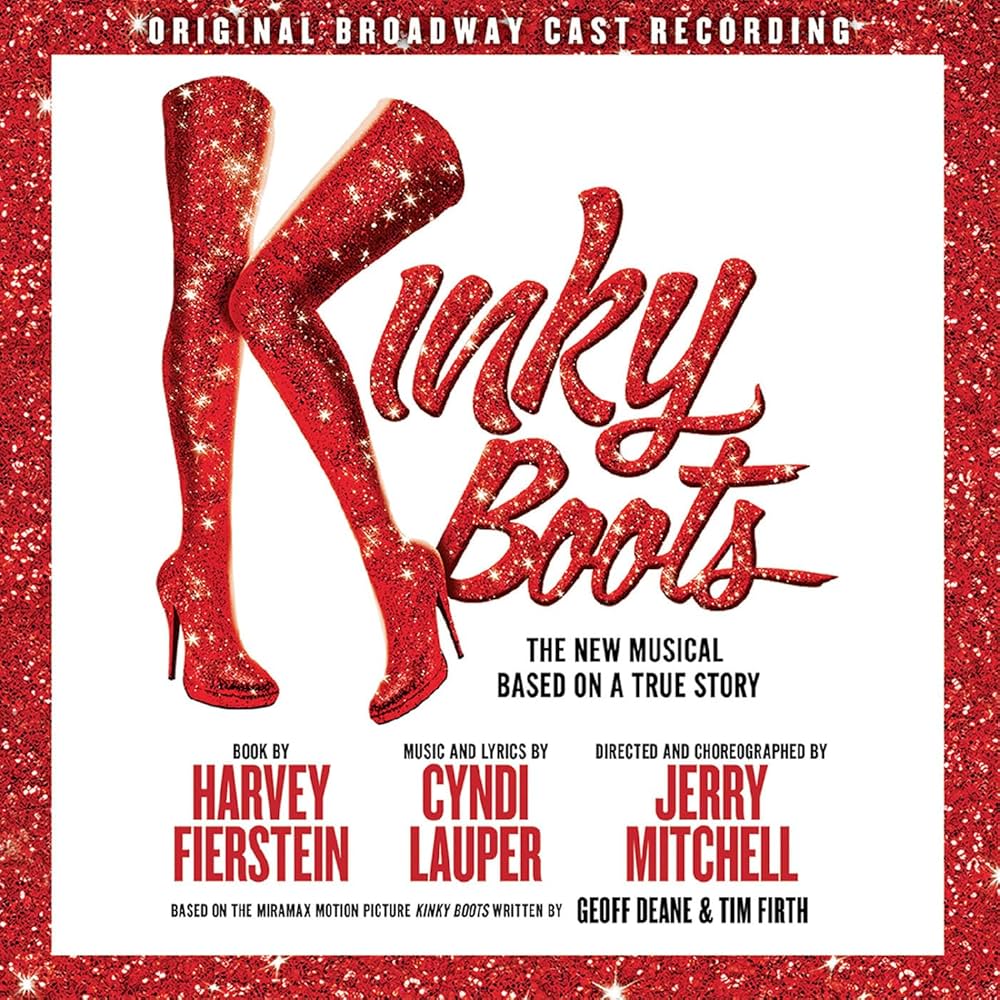
These days, Broadway is overrun with moonlighting pop stars, but Cyndi Lauper was an unlikely outsider when Harvey Fierstein asked her to write the songs for his stage adaptation of the 2005 British film Kinky Boots. The musical version of Kinky Boots was the big story at the 2013 Tony Awards with six wins, with Lauper making history as the first woman to win alone in the Best Score category. The cast recording album, released days before the award show sweep, makes it easy to hear how Lauper’s childhood of listening to her mother’s favorite show tunes paid off in Billy Porter showstoppers like “Hold Me In Your Heart” and “Land of Lola.” In 2024, Lauper revealed that there are plans to develop the musical into a feature film.
4. Shine (2004)
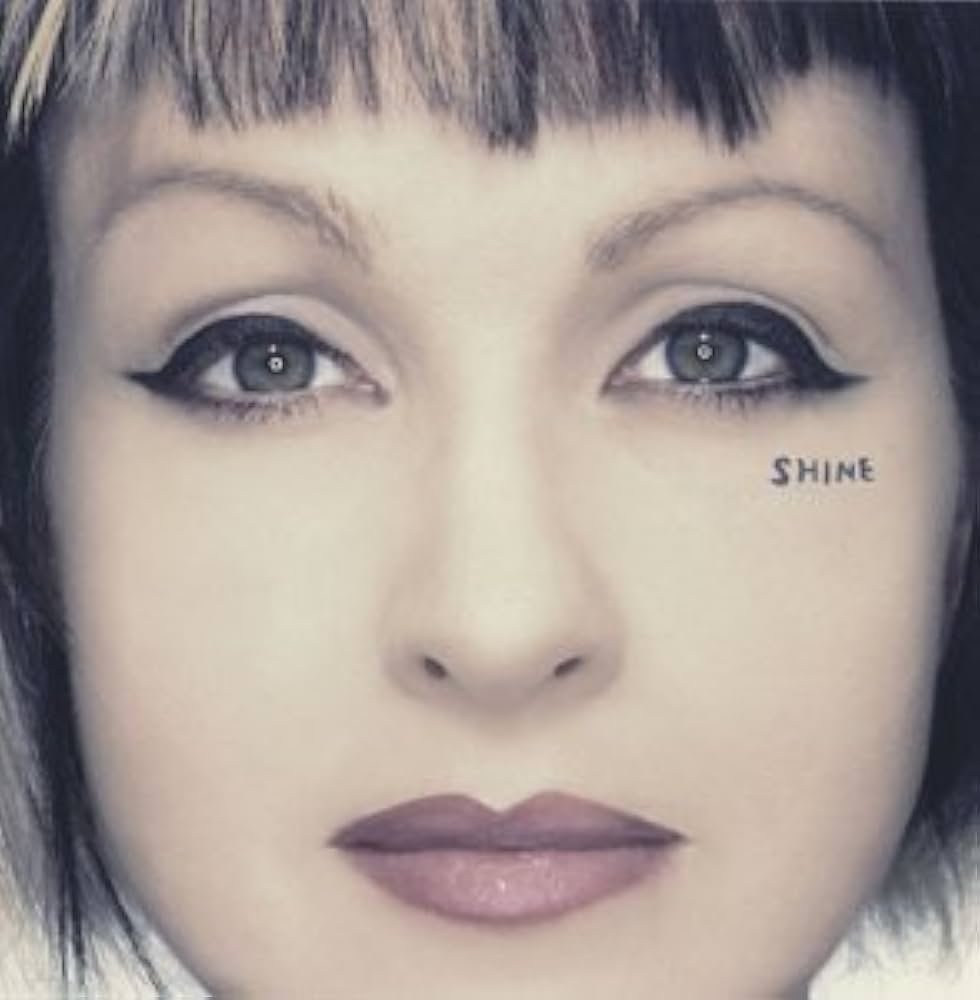
After Lauper was released from her Epic contract, she recorded Shine for a smaller label, Edel Records, which ended up going out of business before the album could be released. Shine was whittled down to a 5-track EP for an American release in 2002, and the full album only received a 2004 release in Japan, where Lauper has enjoyed chart success more consistently than anywhere else since the ’80s. It’s truly unfortunate that Shine slipped through the cracks, because it balances Lauper’s pop instincts and more adventurous impulses beautifully, particularly on “Eventually,” co-written with Ryuichi Sakamoto.
3. True Colors (1986)
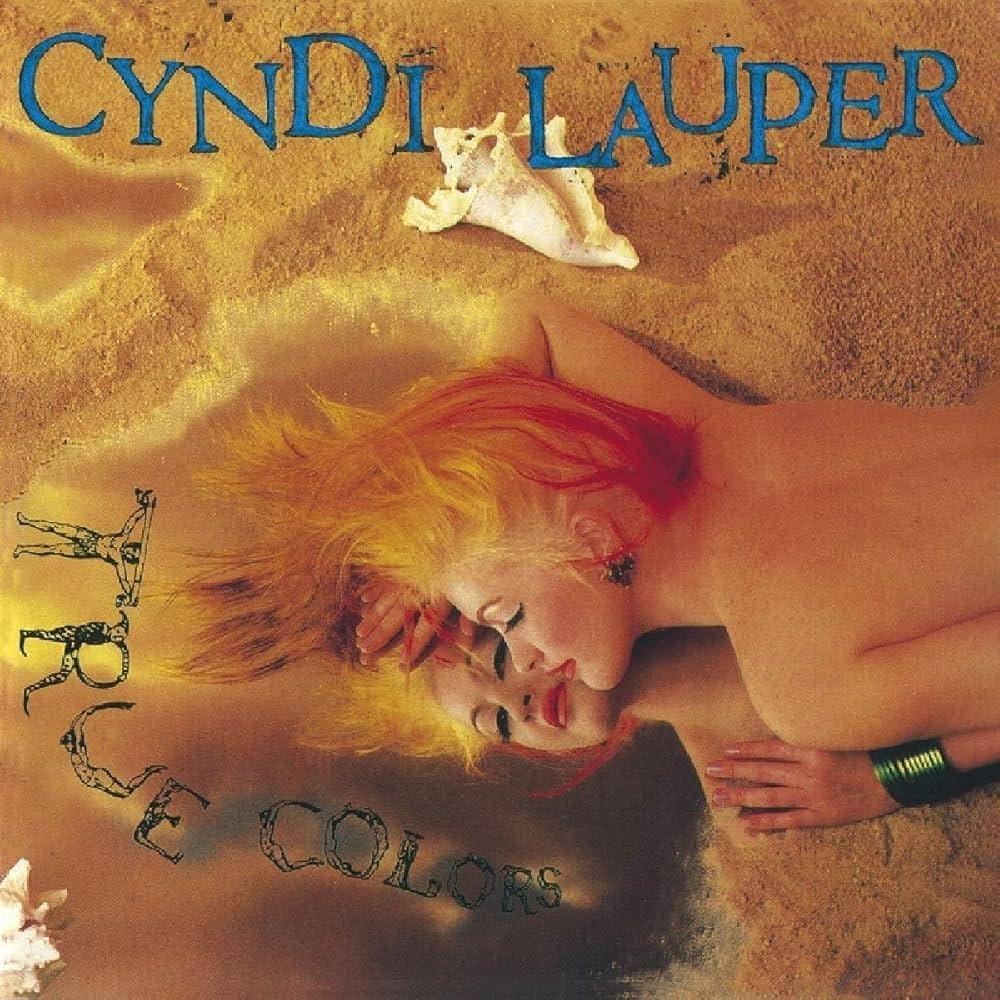
Decades before it was the norm for straight pop stars, Cyndi Lauper was an outspoken queer ally, casting several gay and trans friends including Gregory Natal in the “She Bop” video. The title track from True Colors has become an anthem for the LGBTQ+ community over the years, but it was the album’s less successful fourth single “Boy Blue,” written for Natal while he was dying of AIDS, that’s the album’s most personal statement of compassion. True Colors is often a bombastically overproduced record, and the cover of Marvin Gaye’s “What’s Going On” is more a potent gesture than a great interpretation of the song, but the album’s big-hearted humanity has an irrepressible charm.
2. Hat Full of Stars (1993)
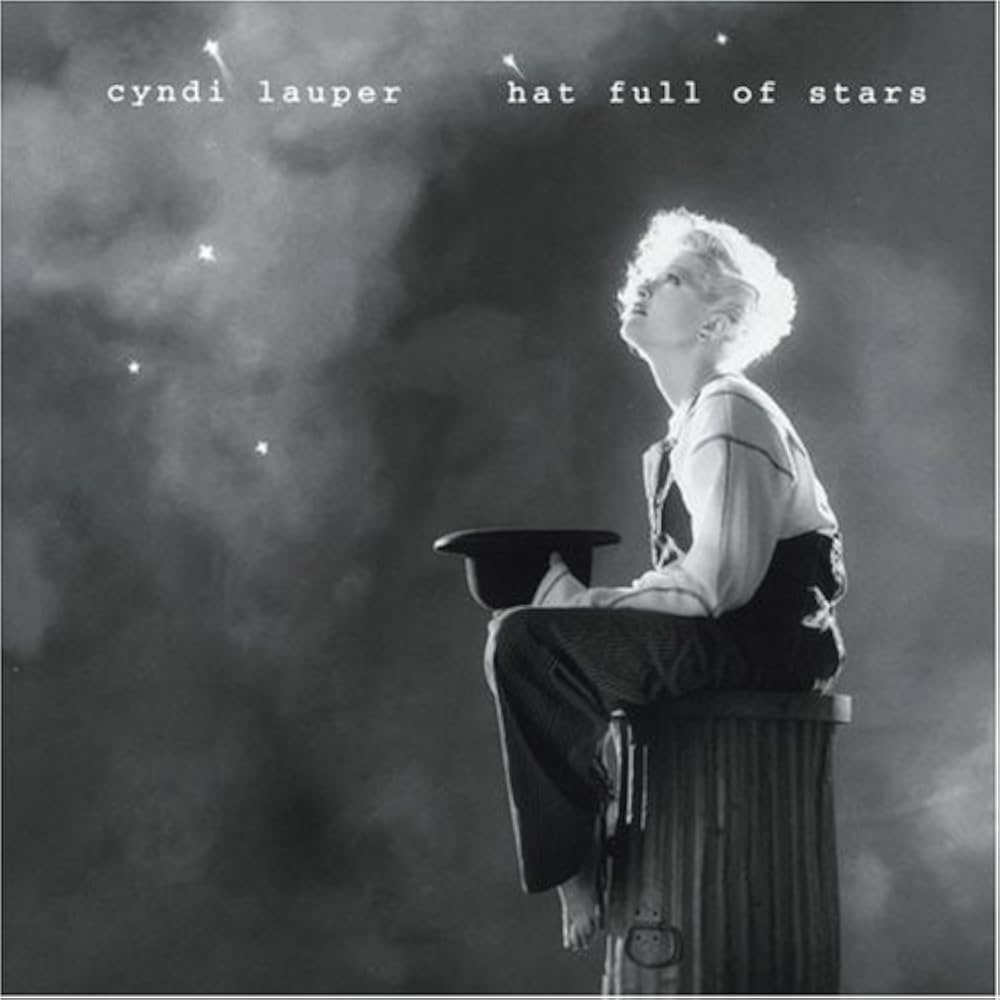
Allee Willis, who died in 2019, was inducted into the Songwriters Hall of Fame in 2018 and posthumously inducted into the Women Songwriters Hall of Fame in 2024 for penning timeless hits with Earth, Wind & Fire and the Pet Shop Boys. Willis was also a great foil for Lauper, co-writing several of the best songs on her fourth album. Hat Full of Stars touches on topics like abortion, child abuse, and racism, but Lauper imbues “Sally’s Pigeons” and “Lies” with deeply personal lyrics that feel more like short stories than protest songs. “It is her most consistently tuneful and ambitious album,” Jean Rosenbluth wrote in the Los Angeles Times review of Hat Full of Stars.
1. She’s So Unusual (1983)
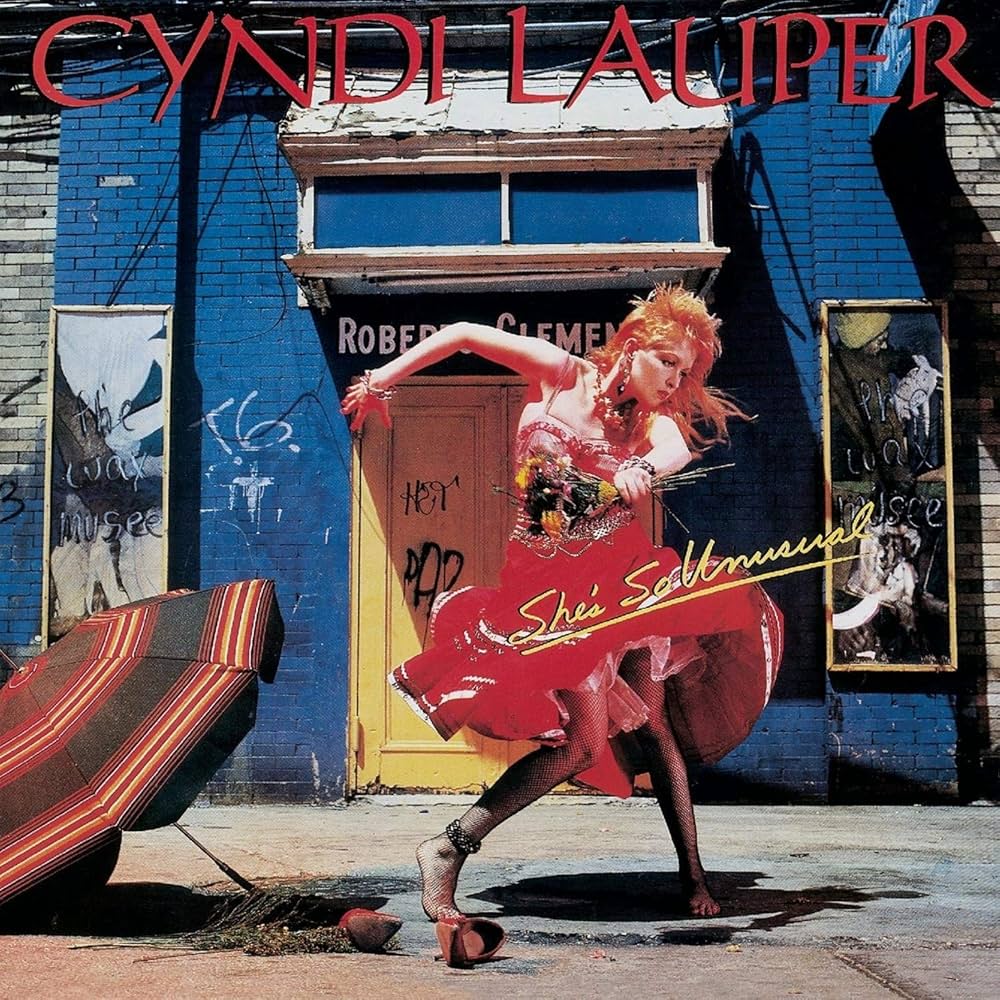
Everything about Lauper’s first solo album was unusual. She was a seasoned 30-year-old performer who could channel ’20s flapper starlet Helen Kane, but she made an audacious and youthful synth pop album for the MTV generation. She was given a somewhat sexist lyric written by a man, Robert Hazard’s “Girls Just Want to Have Fun,” and turned it into the most deceptively sunny feminist anthem of the ’80s. She covered one of the more subtly dirty songs from Prince’s Dirty Mind, “When You Were Mine,” but she also wrote an ode to the female orgasm, “She Bop,” that wound up on the Parents Music Resource Center’s “Filthy Fifteen” most objectionable pop songs. And just as the sessions for She’s So Unusual were winding down, Lauper came up with the heartbreaking ballad that became her first No. 1 single, “Time After Time,” cementing the album as an era-defining smash with emotional depth beneath its stylish hooks and infectious vocal performances.



